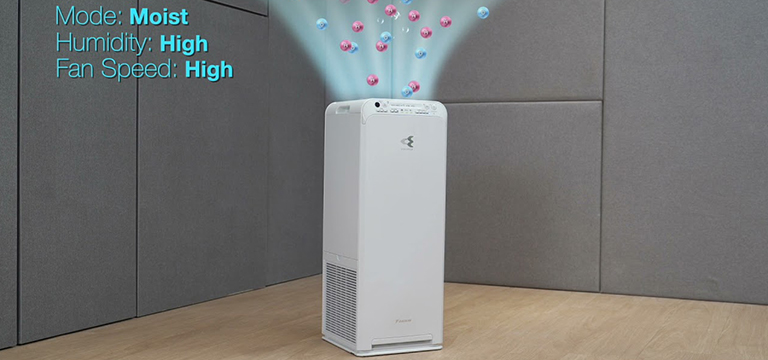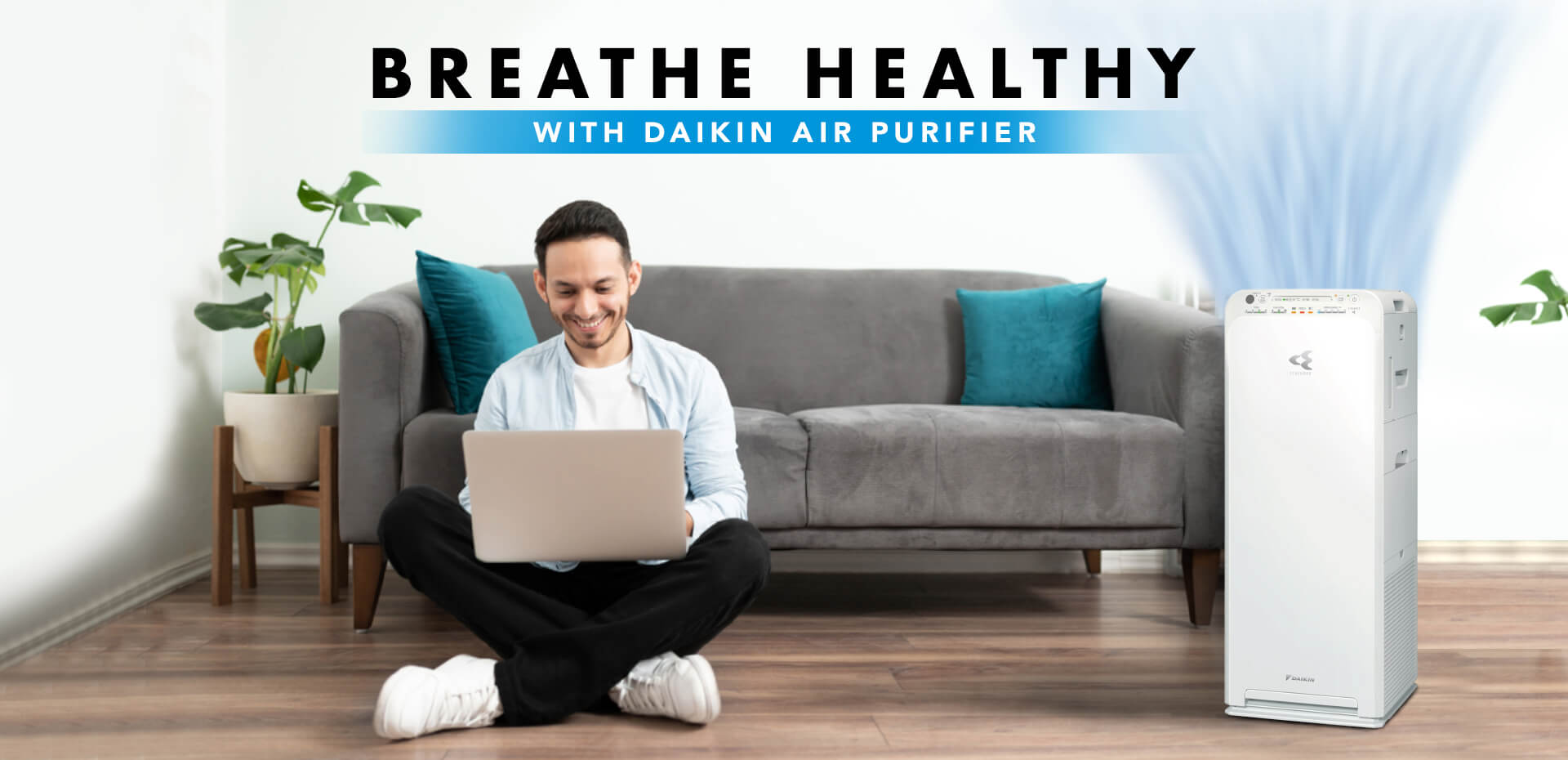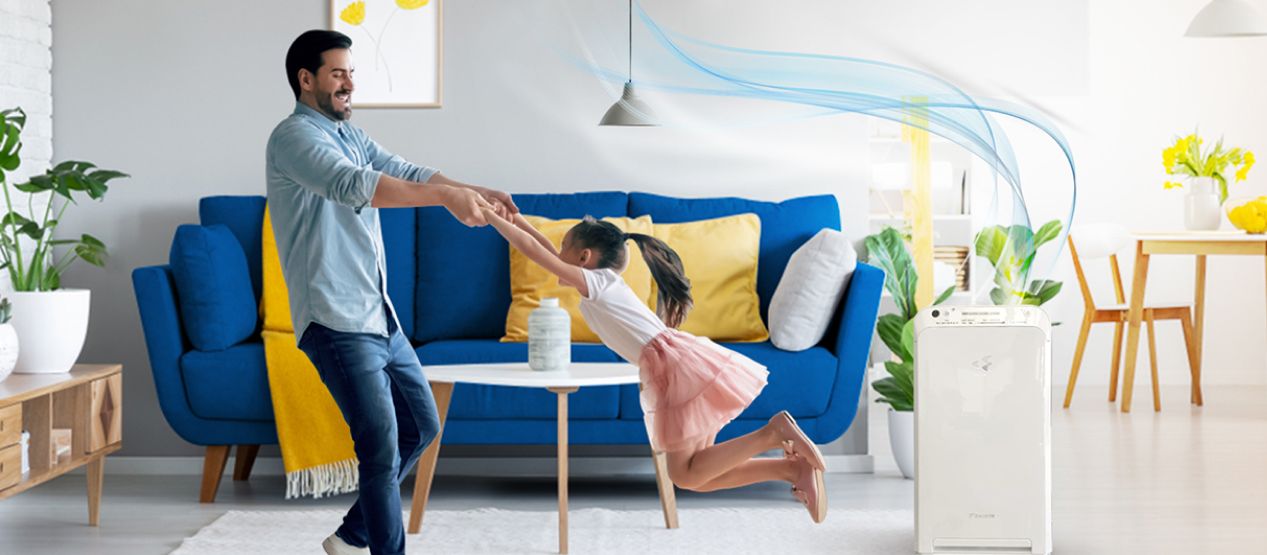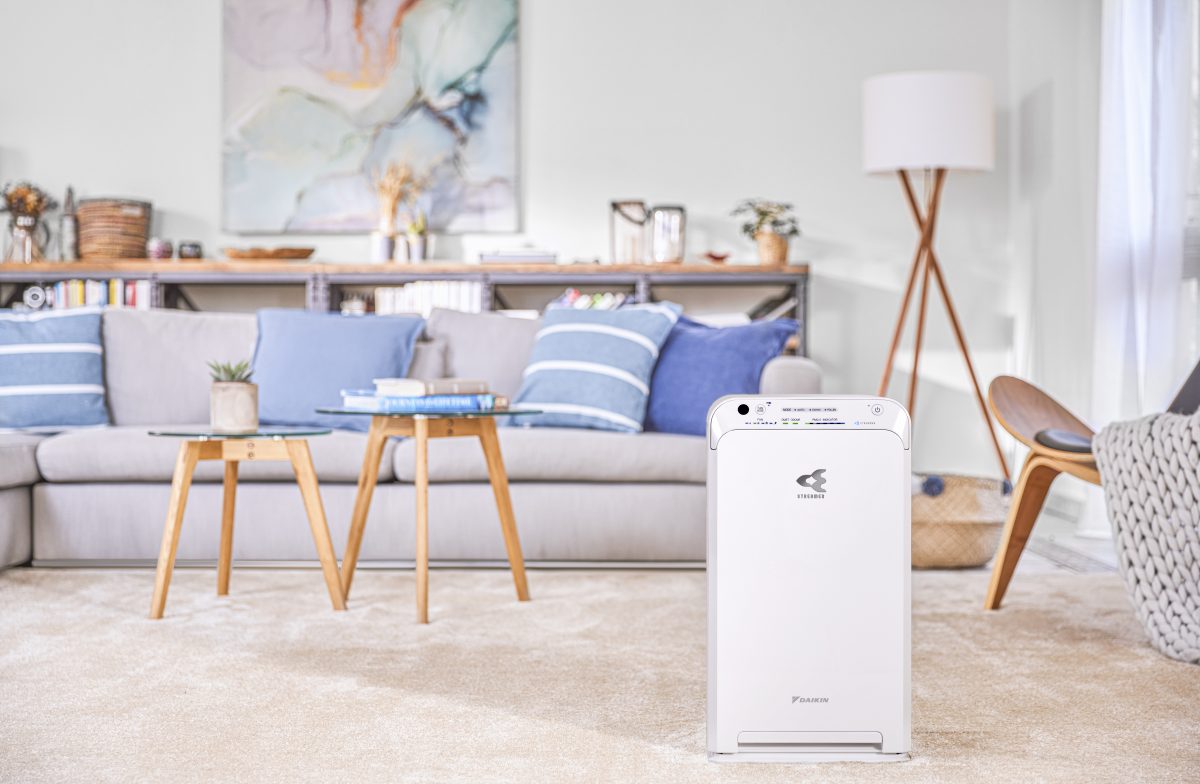The Beginner’s Guide to Air Purifier Essentials: CADR, ACH, and Room Size
November 19, 2025 | 11:28 AM
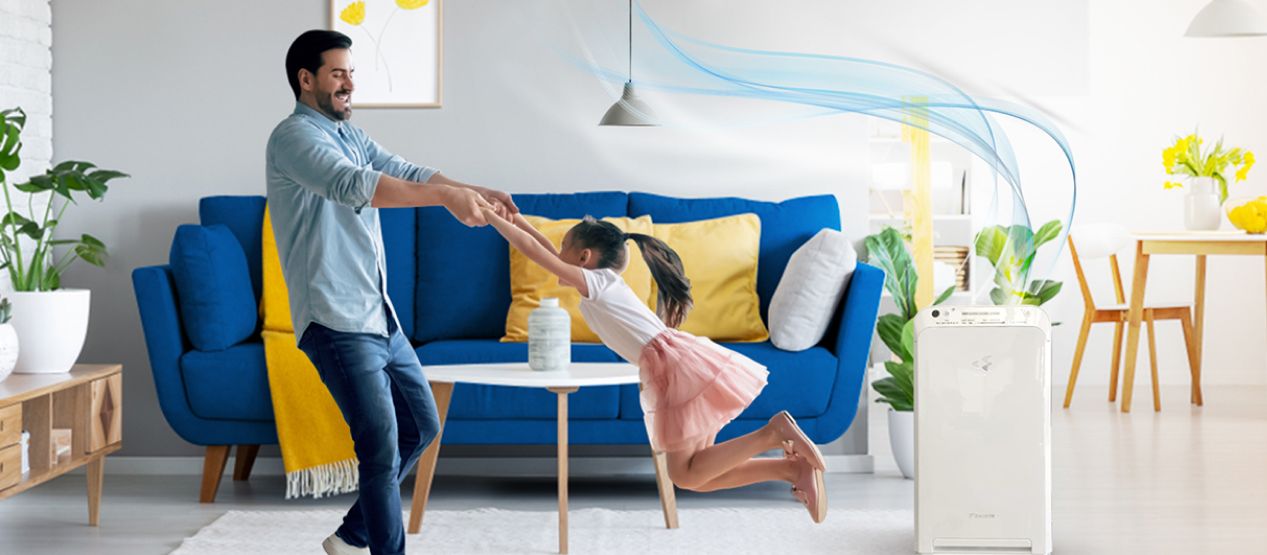
In the world we live in today, where pollution, especially in dense urban cities, is a growing concern and air-conditioned spaces are preferred over natural ventilation to avoid polluted air, an air purifier is no longer a luxury but rather a necessary home appliance. Pollution-heavy cities like Delhi ensure that there is a huge demand for the best air purifier for Delhi homes. But diving into the market can be daunting, as features tend to sound like alphabet soup: CADR, ACH, and room size.
Fear not. Once you understand these 3 basics, that’s all there is to it to make an informed decision and buy a device that actually cleans the air in your area. This guide demystifies those air purifier fundamentals for novices.
Room Size in Perspective: A Primer
Before you even think about an air purifier, begin by closing some windows and measuring the area in which you’re planning to use one. Air purifiers are built for particular coverage sizes, typically given in square feet. A small purifier that fits well into a corner of a tiny bedroom won’t do much in an open living room.
To begin with, you’ll want to calculate your room’s area, which is as simple as multiplying the length of a room by its width. To the extent your ceiling is higher than typical, remember that more of the room’s volume must be cooled, and you’ll need a more powerful unit relative to what the recommended area might suggest. The first important thing is finding a purifier with the correct matching “coverage area” to your room size, if you ever hope to attain clean air.
CADR Explained: How Fast is Your Clean Air?
Perhaps the most important number to look for is the Clean Air Delivery Rate, or CADR. It’s like the speed at which your air purifier can remove a specific pollutant from the air. This is generally tested for three different particles, viz., smoke, dust, and pollen.
CADR is a performance rating; it's not an airflow number. The higher the CADR, the faster and more efficient an air purifier is at cleaning the air in a room of a certain size. For good air cleaning, especially in a region with heavy pollution, it's an expert recommendation that your smoke CADR be at least two-thirds of the room’s full square footage. While most home air purifiers should be designed to handle that level of dust buildup, you’ll want a cleaner with a high CADR if you’re on the hunt for one of the Best Room Air Purifiers for attacking dense haze like heavy smog. When you look at the high-end model, a brand such as Daikin would concentrate on combining high CADR with top-notch filtration technology.
ACH: Attenuating the Air exchange rejuvenation?
Air Changes Per Hour, or ACH, will tell you how many times the volume of air in your room is filtered by the air purifier in one hour. This is an assessment of the severity of the unit.
An ACH of four is typically recommended for regular household use as a good starting point to improve your overall air quality. This is to say the air is turned over and filtered completely every 15 minutes. But if you or someone in your household has allergies, asthma, or lives within an area with poor air quality, then targeting ACH of 5 or even higher is recommended. The greater a room’s ACH, the more pollutants it will capture and the faster it will do so – meaning less time for them to hang out in your breath.
Making the Right Choice
Ultimately, the right air purifier for you is one that meets these three needs in conjunction. Don’t select a high-CADR machine for a small room, and definitely don’t try to get away with a low-CADR model in a big one. With the room size in mind, factoring in the CADR for fast cleaning and appropriate ACH to maintain a regular air turnover will help you find an effective cleaner that will ensure good indoor air quality.






